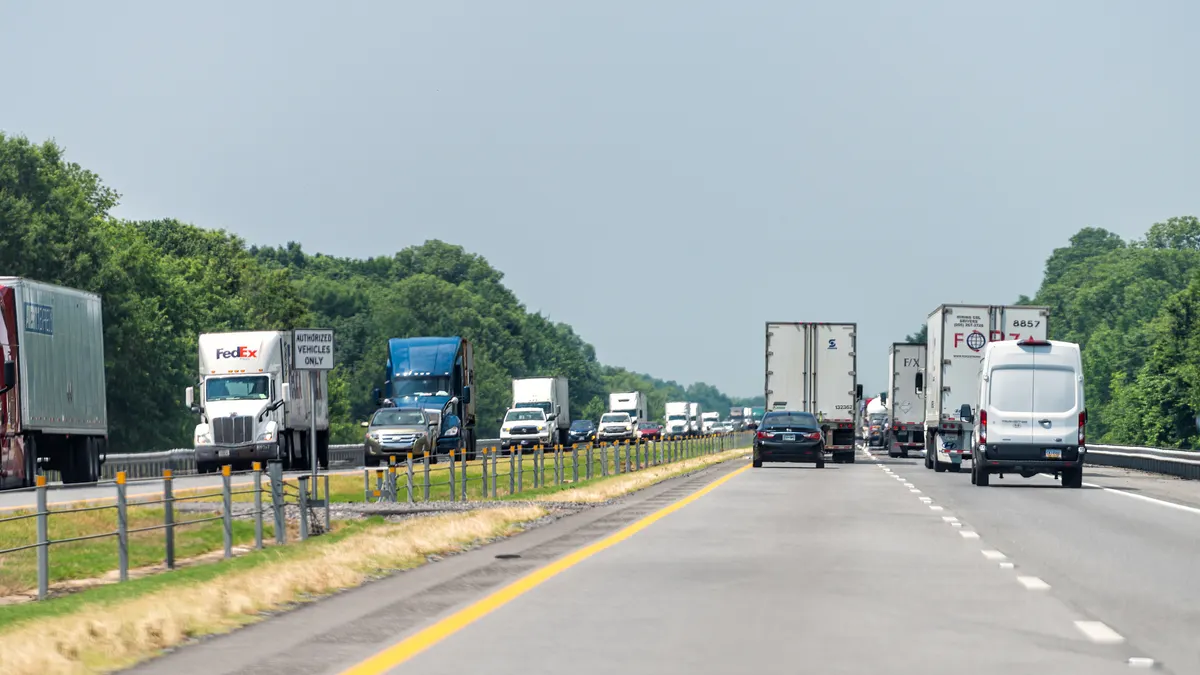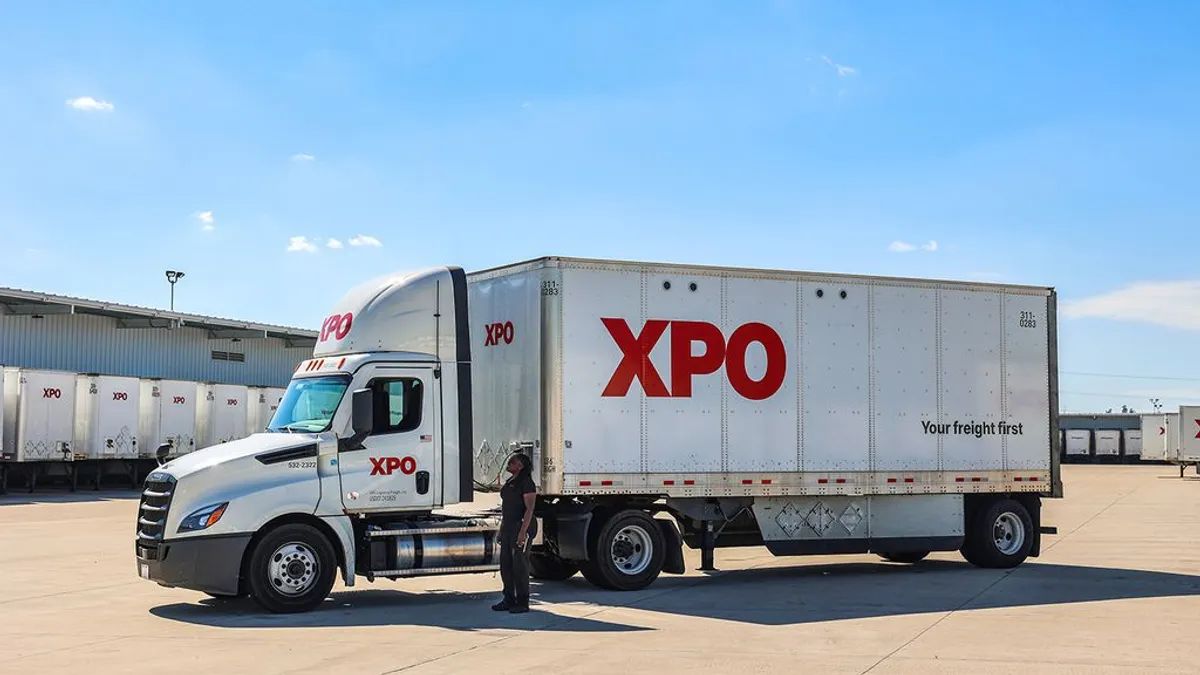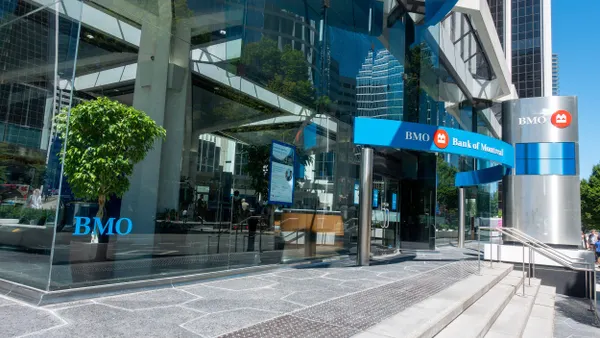Much of the sustainability conversation in trucking centers on hydrogen fuel-cell-electric vehicles and battery-electric vehicles: Which is going to be more dominant?
But that's not necessarily what the landscape will look like.
"No one fuel or source of energy is going to dominate the future like diesel has in the last 100 years. There's no question about this," Hugh Donnell, who works in business growth and development at Cummins Westport joint venture, said during a recent State of Sustainable Fleets webinar by Gladstein, Neandross & Associates. "It's going to open up to a lot of different technologies — as well it should."
Cummins invests heavily in optimizing diesel and biodiesel products, Donnell said. It's also exploring FCEVs, BEVs, gasoline and natural gas.
Optimizing diesel for the 'double-green effect'
Curbing emissions doesn't have to be all or nothing. There are stages between zero emissions or a huge carbon footprint, and they can be reached with strategies applicable today.
Penske worked with a customer to reduce emissions while still using diesel, Drew Cullen, senior vice president of fuels and facility services for Penske Transportation Solutions, said during the webinar. He did not name the customer but did note it had a fleet of more than 20 trucks, some of them more than 10 years old.
"Their operation really didn't fit well for any of the types of alternative fuel technology that was out there today — for a variety of reasons, not just the cost," Cullen said of the customer.
Penske guided the customer in replacing old equipment with "the latest and greatest diesel technology," he said. The result was a "tremendous reduction" in carbon output, based on standards from the Environmental Protection Agency.
"No one fuel or source of energy is going to dominate the future like diesel has in the last 100 years."

Hugh Donnell
Business Growth and Development at Cummins Westpoint
This customer was based in Texas and able to get funding from the state government to help pay for the newer, more efficient trucks. Penske Truck Leasing Senior Manager of Alternative Fuels Dean Stapleton dubbed it the "double-green effect," Cullen said: an emissions benefit and a cost benefit.
Renewable diesel is another form of the fuel that's greener, and it's a drop-in replacement. Penske had been analyzing it for years before deciding to use it, Cullen said. At first, the feedstock wasn't accessible enough for the cost to be economical, at least for Penske. But last year, conditions changed and Penske started testing it.
The company started testing in California because of the state's Low Carbon Fuel Standard credit program, Cullen said. It has lower carbon intensity than regular diesel, he said, and because of the way it's made, it has lower associated costs. Penske got to the point where the costs of renewable diesel and regular diesel were on par.
When the test finished, Penske's maintenance team didn't see any issues with the fuel, Cullen said. The team wasn't able to quantify any specific benefits, such as maintenance cost per mile. But the company did work out the security of supply and costs, and now Penske is dispensing renewable diesel at its California locations.
Natural gas, BEVs and FCEVs
Natural gas can also deliver the "double-green effect." The renewable and compressed types can deliver net-sub-zero emissions, and they can qualify for credits in California, Donnell said.
So far, large private fleets have been adopting renewable natural gas, he said. A sizable portion of those fleets belongs to public companies, and shareholders, analysts and consumers scrutinize their sustainability efforts.
"It's very important for companies to keep their numbers in line with other companies, largely because access to capital ... can be changed as a result," Donnell said. "Wall Street watches this very closely."
RNG, with the associated credits, is "probably the lowest-cost methodology today," he added.
Demand for RNG has grown over the years, and Donnell said he believes a similar trend will occur with FCEVs, BEVs and other technologies as they develop.
"It's not just a gap; it's, like, a gaping chasm between the two of them."

Drew Cullen
Senior Vice President of Fuels and Facility Services for Penske Transportation Solutions
Cullen said BEV adoption is "still in the early phases," but he did note a strong appetite for BEVs among customers and equipment partners. He said he was certain there would be more activity in the future, but for now, infrastructure is a big challenge to overcome.
"It's not just a gap; it's, like, a gaping chasm between the two of them," Cullen said, referring to the gap between diesel and BEV infrastructure.
As for hydrogen, the technology isn't fully mature yet, said Donnell. He said he's less concerned about the infrastructure part of hydrogen; the bigger concern is cost.
But if it becomes cost-competitive, hydrogen can offer "a great deal of promise," Donnell said.
Correction: A previous version misstated the company of Hugh Donnell. It is Cummins Westport.









